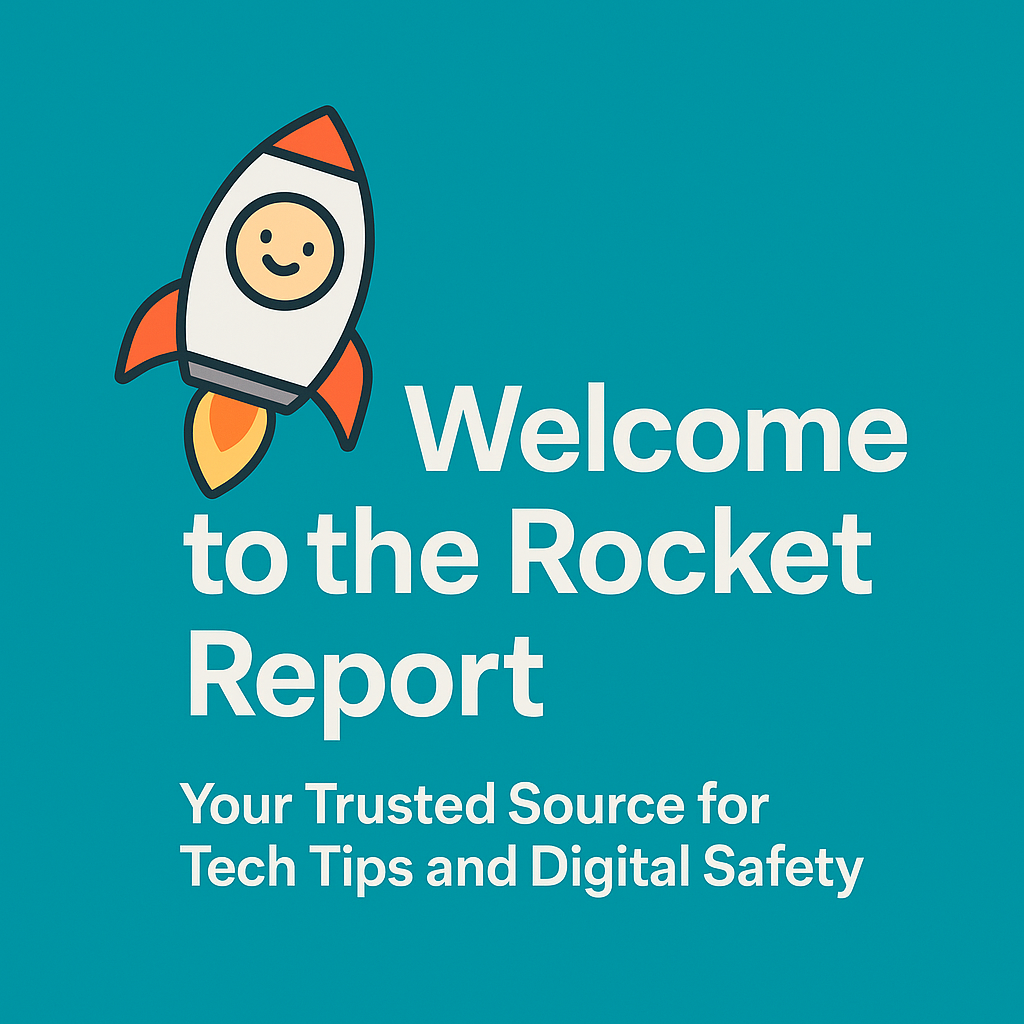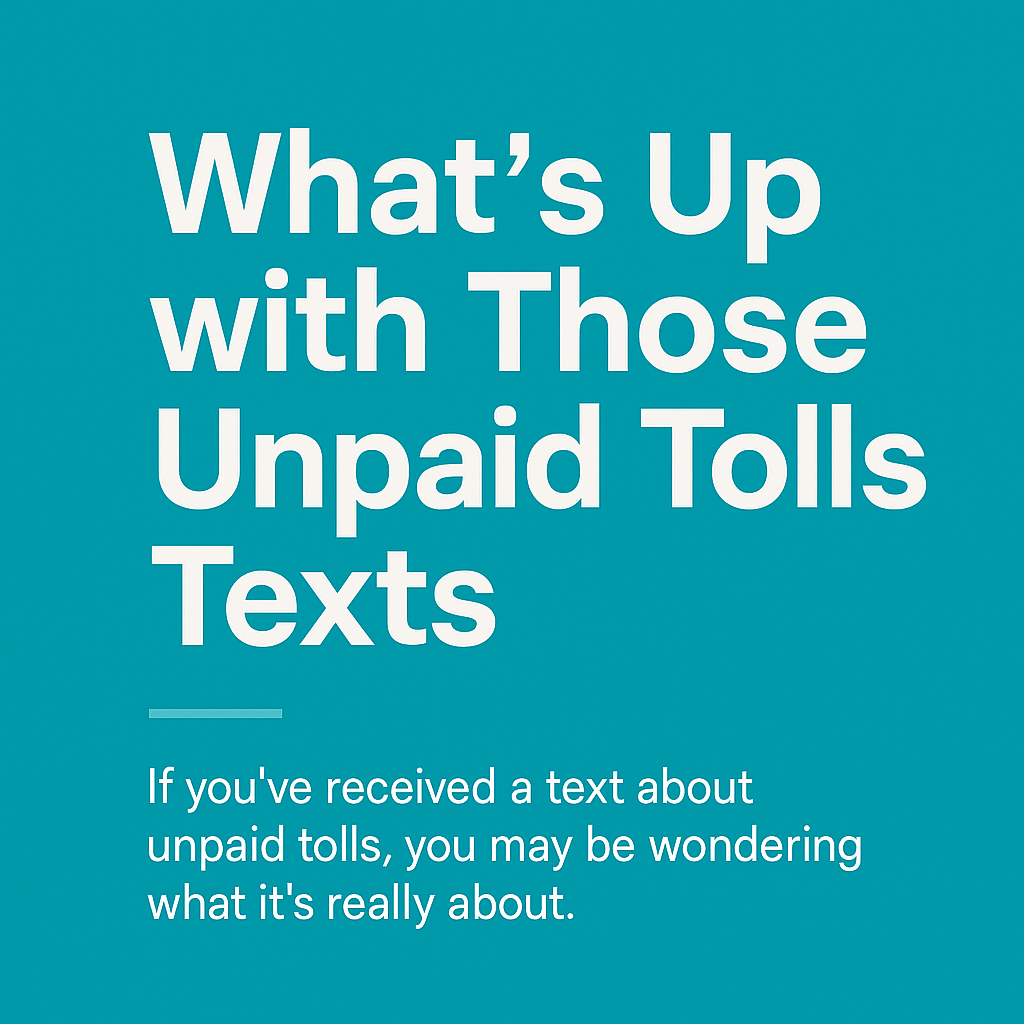
Rocket Report
Welcome to the Rocket Report – Your Trusted Source for Tech Tips and Digital Safety
At Rocket Ridge Technologies, we believe knowledge is your best defense in the digital world. Our blog, the Rocket Report, delivers straightforward, practical insights on cybersecurity, scam awareness, digital tools, and tech tips for everyday users and small business owners.
From spotting phishing texts to protecting your data, we break down complex topics into clear, actionable advice. Whether you're tech-savvy or just getting started, our goal is to keep you informed, empowered, and one step ahead.
Explore the latest posts, stay sharp, and subscribe to stay in the loop with Rocket Ridge Technologies.

You've probably seen it: a random text message buzzing on your phone, claiming you owe unpaid tolls. "Urgent action required," it says, or "Avoid fines now!" These messages can seem convincing and create panic, especially if you frequently use toll roads. But hold on—before you click any links or send any payments, here's what's really going on. What's the Deal with These Texts? Unfortunately, scam texts posing as legitimate toll authorities are increasingly common. Scammers use these tactics hoping you'll panic, click on their links, and provide sensitive personal or financial information. How Do These Scams Work? Typically, you'll receive a text message claiming you're behind on toll payments. The message will include a link, urging immediate payment to avoid fines or license suspension. When you click on this link, it directs you to a fake website mimicking a legitimate toll payment portal. Once there, scammers attempt to capture your credit card details, banking information, or other personal data. Recognizing Fake Toll Texts Here are quick tips to spot these scams: Unexpected Communication: Legitimate toll authorities usually communicate via official mail or through clearly identified official channels. Urgency and Threats: Scammers typically create urgency, warning of immediate fines or legal action. Suspicious Links: Check URLs carefully. Real toll authorities use clearly identifiable, official websites (often .gov domains). Grammar and Spelling Errors: Scam texts often contain obvious errors or awkward phrasing. What Should You Do If You Receive a Scam Text? Do Not Click the Link: Avoid interacting with any links provided in suspicious texts. Verify Directly: If you're unsure, contact the toll authority directly using official contact details from their website. Report It: Report suspicious texts to your mobile provider and the Federal Trade Commission (FTC). Stay Vigilant: Regularly check your toll accounts directly through official websites to ensure you're up-to-date. Protect Yourself and Spread the Word Remember, awareness is key to combating scams. Share this information with friends and family to keep everyone informed and protected from fraudulent texts. Stay safe, stay smart, and keep your personal information secure!




